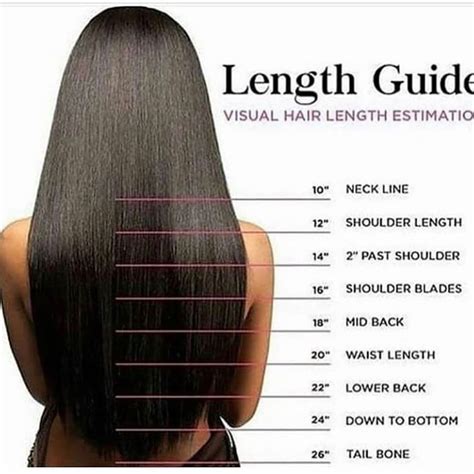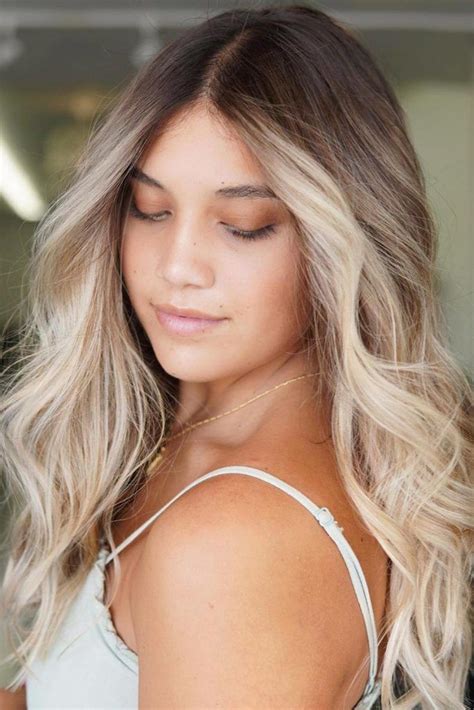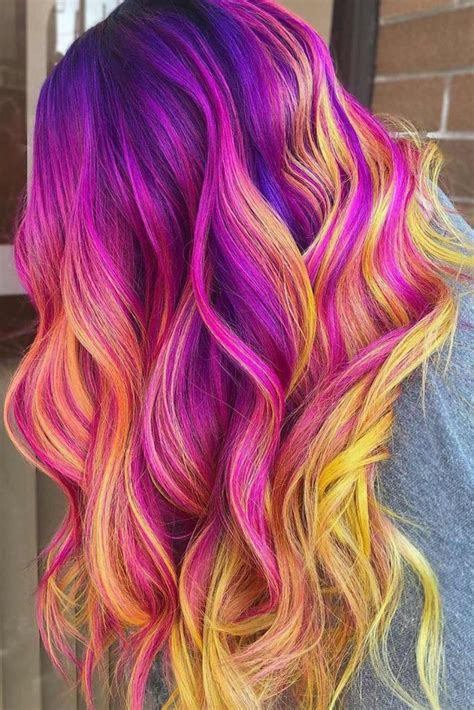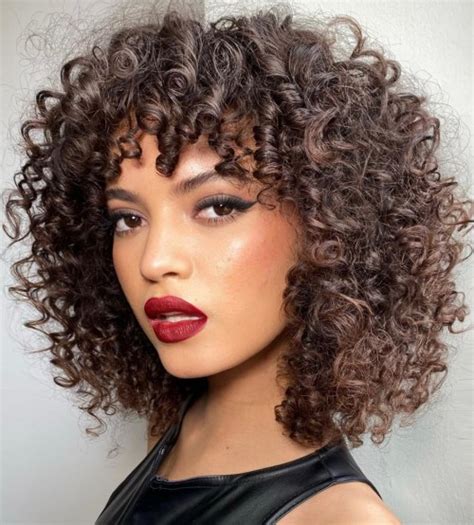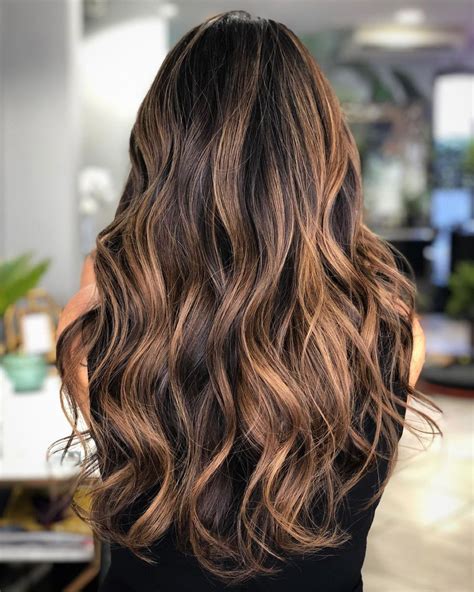Discover the tips for measuring, selecting haircuts, and styling different hair lengths. Find products for maintaining various hair lengths. Expert advice for perfect hair care.
Understanding Hair Length Categories
Contents
When it comes to hair length, there are several categories that can help you understand and communicate about your hair. Understanding hair length categories is crucial when discussing haircut options and how to style your hair. The most common hair length categories include short, medium, long, and extra long. Each category can be further broken down into specific measurements, which can vary slightly depending on individual preferences and cultural norms.
Short hair typically falls above the ears or the chin, while medium length hair is usually between the chin and the shoulders. Long hair reaches past the shoulders and extra long hair extends down to the mid-back or even beyond. These categories provide a helpful framework for discussing hair length and determining the most suitable hairstyles and products.
Understanding these categories is also important for addressing common hair concerns. For example, those with short hair may face different styling challenges than individuals with extra long hair. Additionally, the products and maintenance routines required for each hair length category can vary significantly. By familiarizing yourself with these categories, you can make more informed decisions about your hair care and styling.
When selecting hairstyles, it’s important to consider your hair length category to ensure that your chosen style will be compatible with the length of your hair. For instance, a hairstyle that complements long hair may not work as well for someone with short hair. By understanding the different hair length categories, you can choose a hairstyle that will enhance the natural beauty of your hair and make it easier to maintain on a daily basis.
Measuring Hair Length Correctly
Measuring hair length correctly is essential for ensuring that you get the haircut you desire. Incorrect measurement can lead to disappointing results, so it’s important to get it right. One way to measure your hair length is by using a measuring tape. Simply start from the roots and measure all the way to the ends. This will give you an accurate measurement of your hair length.
Another method for measuring hair length is by using the finger measurement technique. This involves placing your fingers at the roots of your hair and measuring down to the ends. Each finger segment represents a specific length, allowing you to estimate the overall length of your hair.
It’s also important to note that when measuring hair length, you should take into account any layers or unevenness in your hair. This will ensure that you get a more accurate measurement, which is crucial for selecting the right haircut.
Measuring hair length correctly is especially important when considering changes in hair length, such as growing out your hair or getting a trim. By accurately measuring your hair length, you can track your progress and make informed decisions about your hair care and styling options.
Selecting the Right Haircut for Each Length
Hair Length Chart: The Simplest Guide
When it comes to getting a haircut, one of the most important factors to consider is the length of your hair. Different hair lengths require different types of cuts in order to best flatter your face shape and hair texture.
For those with short hair, a pixie cut or a bob can be a great option. These cuts can add volume to the hair and bring attention to the facial features. If you have medium-length hair, you may want to consider a shaggy or layered cut to add texture and movement to your hair. And for those with long hair, a layered haircut can help to remove weight from the hair and add dimension.
It’s important to consider your face shape when selecting a haircut for your hair length. For example, those with a round face shape may want to avoid cuts that add width to the sides of the head, while those with a square face shape may want to avoid cuts that emphasize the jawline.
Ultimately, the right haircut for each length depends on your personal style, hair type, and maintenance routine. Consulting with a professional stylist can help you determine the best haircut for your specific hair length and needs.
Styling Tips for Different Hair Lengths
When it comes to styling your hair, the length of your hair plays a significant role in determining the type of styles that will look best on you. Whether you have short, medium, or long hair, there are a plethora of styling tips that can help you switch up your look and keep your locks looking fabulous.
For those with short hair, consider adding texture with a sea salt spray or styling cream to create a tousled, effortless look. A pixie cut can be styled with a little pomade to add definition, while a short bob can be given a sleek finish with a straightening iron.
Those with medium-length hair have more versatility when it comes to styling. Experiment with beachy waves using a curling wand, or create a half-up, half-down look for a casual, yet chic style. A simple top knot or messy bun is also a great option for medium-length hair.
Long hair offers the most styling options. From intricate braids and fishtail styles to mermaid waves, the possibilities are endless. For a polished look, consider a sleek, straight style or glamorous curls.
Regardless of your hair length, the key to successful styling is to use the right products and tools. Investing in quality hair styling products and understanding your hair type can make a world of difference in achieving your desired look.
Products for Maintaining Various Hair Lengths
Keeping your hair healthy and well-maintained is essential, no matter the length. Whether you have short, medium, or long hair, it’s important to use the right products to keep it looking its best.
For short hair, lightweight styling products such as pomades and texturizing sprays can help add volume and texture without weighing the hair down. Look for products that provide hold and control without leaving a greasy residue.
Medium-length hair can benefit from leave-in conditioners and heat protectants to keep it looking smooth and healthy. Additionally, using a lightweight hair oil can help add shine and tame any frizz or flyaways.
When it comes to long hair, it’s important to keep it moisturized and well-nourished. Deep conditioning treatments, hair masks, and serums can help keep long hair looking smooth, shiny, and free from split ends.
Regardless of your hair length, it’s important to use products specifically formulated for your hair type. Whether you have curly, straight, fine, or thick hair, there are products designed to address your specific needs and concerns.

